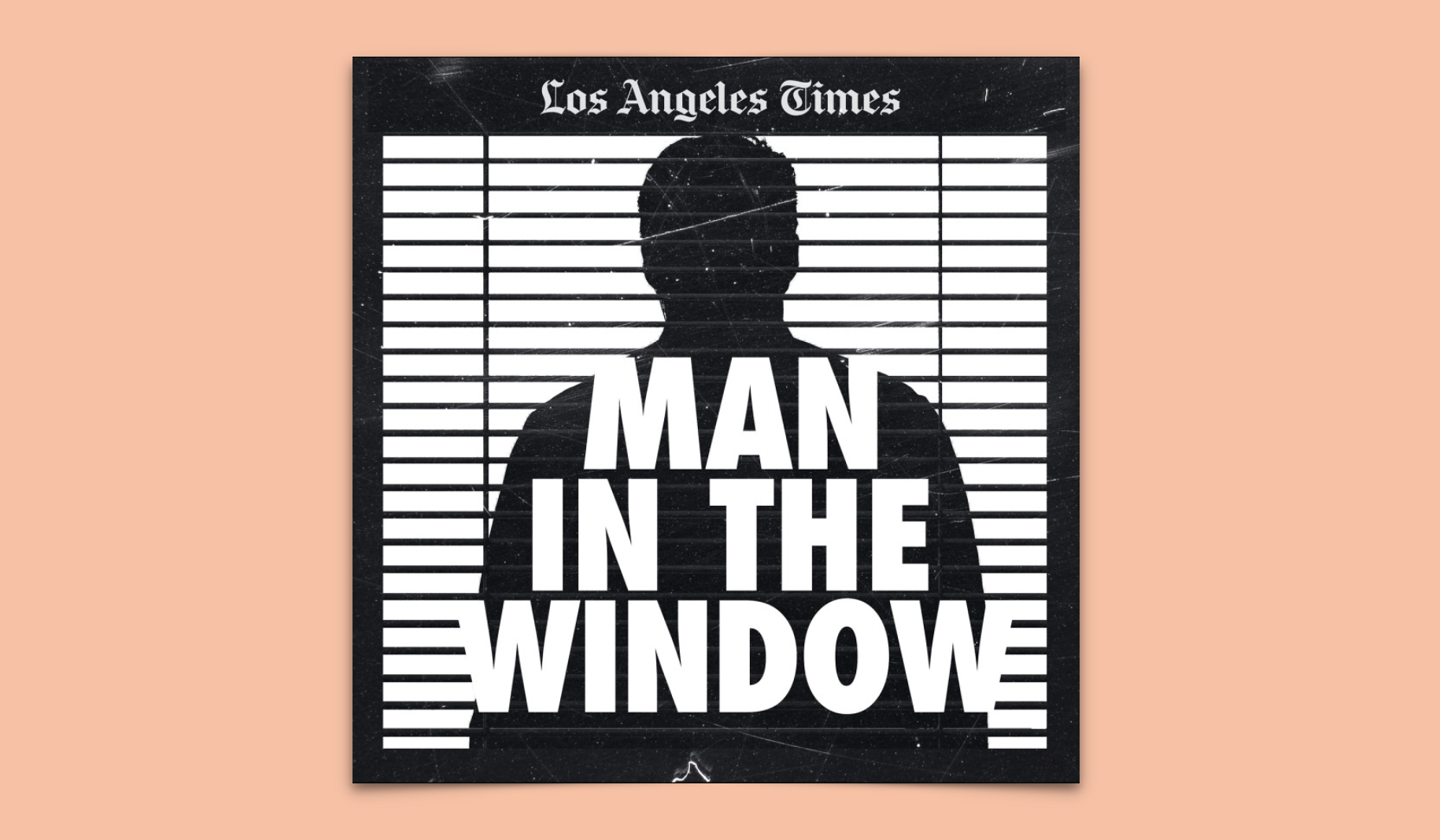Our culture is obsessed with serial killers. Become one, and you can rest assured that the media will scrutinize every detail of your life. The Golden State Killer certainly received this treatment. By early 2018 he was already the subject of a New York Times bestselling book, and episodes of My Favorite Murder and Casefile. Then, in April of that year, DNA evidence led to the arrest of a man believed to be the Golden State Killer, and an inevitable rush to cash in on the story’s renewed attention began. With all the coverage the case has received, it is fair to be skeptical of Man in the Window, yet another podcast on the serial murderer and rapist, sponsored by a home security system to boot.
With such concerns about the podcast’s motives, it helps to have a host who understands good reporting. Pulitzer Prize-winning investigative journalist Paige St. John easily meets that criterion. With St. John at the show’s helm, the L.A. Times podcast opts for a thoroughly-reported approach to the case. Much of each episode’s runtime is spent on her interviews with the crimes’ survivors and investigators.
These interviews are the show’s best answer as to why it should exist. Not only do they keep the podcast grounded in first-person narratives, but they give those attacked by the Golden State Killer the opportunity to tell their stories.
That opportunity seems especially important given the world these women faced in the 1970s and ‘80s. The show recounts in disturbing detail how they were treated after living through sexual violence. Having survived such harrowing crimes, they then faced a society that often blamed them for the assaults, or else turned a blind eye. In one heartbreaking story we learn about a daughter whose parents think it best to never discuss her attack. In another the police tell a woman who has been raped by the killer that they are putting her case on the shelf less than a week after the attack. “Call us if you learn who it is,” the police say as they leave.
Police ineptitude is a common theme of Man in the Window. Politicking between departments with different jurisdictions kept the police from cooperating. And even national politics plays a role in halting the progress of the investigations: police in one part of California refuse to discuss crimes that occur near a property that is owned by Ronald Reagan.
Want to receive our latest podcast reviews and episode recommendations via email? Sign up here for our weekly newsletter.
Each of these storylines is fascinating, but the show has so many that it can never focus on one for very long. The people interviewed by the show all have insightful perspectives, but we don’t spend much time with most of them. There is no hero we can root for throughout the series, or even throughout most episodes. In some podcasts the host might play that role, but St. John chooses to let the facts speak for themselves. The exposition tying the interviews together is informative, but at times feels more like news than narrative.
The one character whose arc we do learn about during the series is, of course, the killer himself. The podcast opens with a sort of origin story that attempts to explain the killer’s anger towards women. As the podcast progresses, his crimes get worse and worse. He goes from burglar and peeping tom to rapist and murderer, constantly accruing new nicknames along the way: The Visalia Ransacker, The East Area Rapist, and the Original Nightstalker, among others. Even though the listener rarely hears his voice, the Golden State Killer’s personality seeps into the podcast’s every moment. When we do hear him speak, through audio captured by a recorded phone call, we hear a voice so chilling that it justifies all the grating whispers Hollywood dreams up for its fictional murderers. This isn’t the first time that a podcast has used that clip of the Golden State Killer’s phone call, but in a podcast that at times feel a little dry, his voice stands out as a moment of clear horror.
Perhaps the most effective episode of the series is the second to last. The episode takes a step back and looks at the killer’s life before his crime spree, using information that has only been gathered recently due to last year’s developments in the case. We hear from people in his life before he became a murderer. The strangeness of imagining such a man before his crimes is compounded by the strangeness of his behavior, killing a dog, for instance, with a single kick.
With such actions outlined, one moment of the show that forces listeners to self-reflect comes when the police look to a psychiatrist for help. According to St. John, the psychiatrist says the killer is “excited by the risk of trespassing in intimate spaces.” Notably, that description recalls the intimacy a podcast listener seeks when looking for a voice to whisper stories in their ears, and the universality of this ostensible pathology should be terrifying. The difference, however, between these kinds of intimacy, is that the intimacy of this podcast is not trespassing. On the contrary, St. John and her team listen to survivors and amplify voices that were silenced for decades. Man in the Window is an exercise in empathy, something the Golden State Killer never seemed to possess.
https://radiopublic.com/man-in-the-window-85wYpn/ep/s1!8a145
¤
Kevin Chang Barnum is a writer based in Connecticut.

 (Credit: Los Angeles Times / Wondery)
(Credit: Los Angeles Times / Wondery)